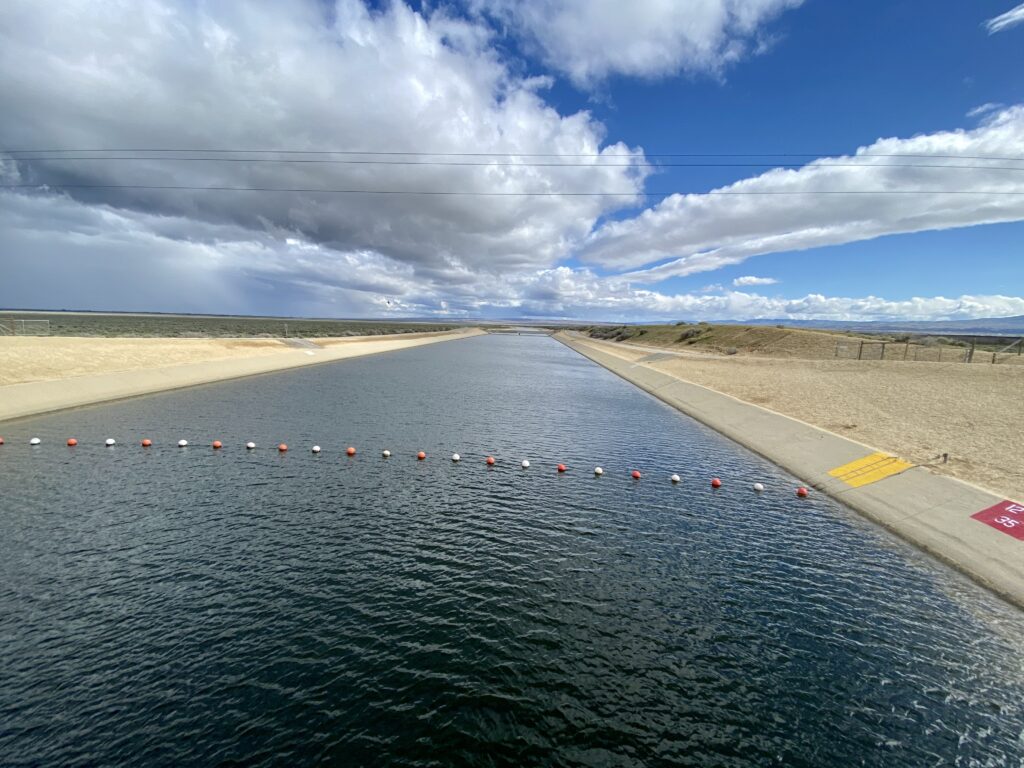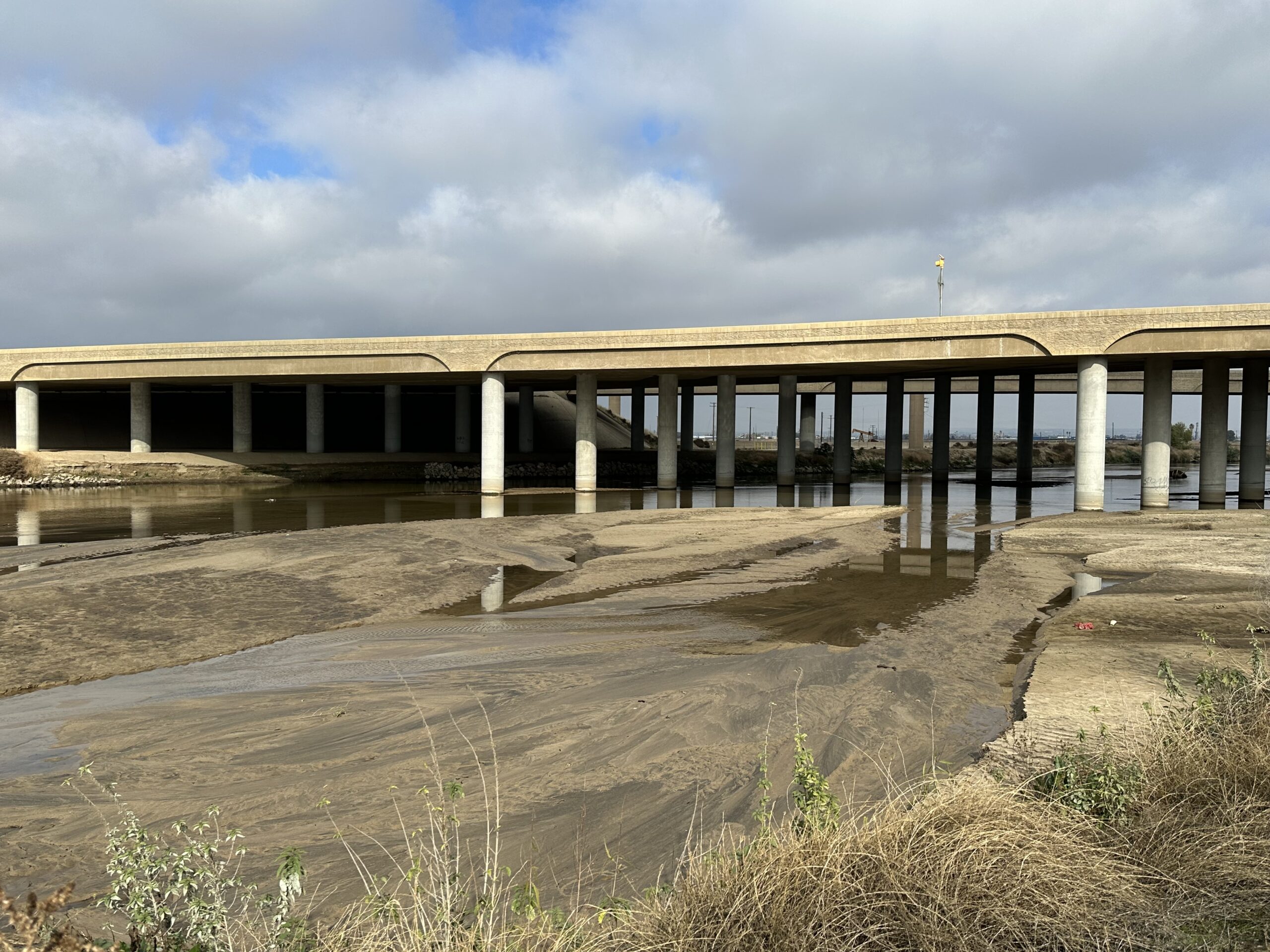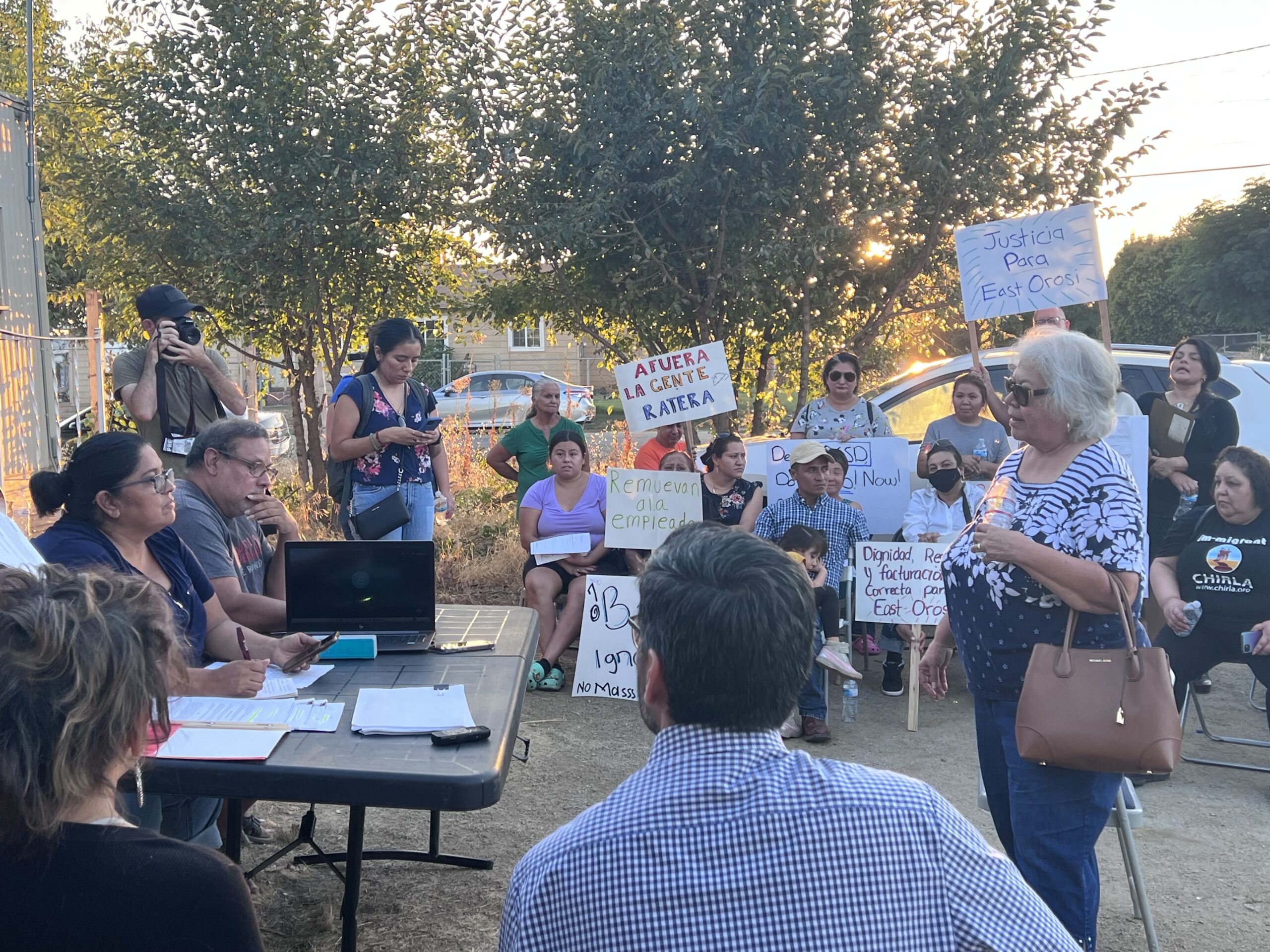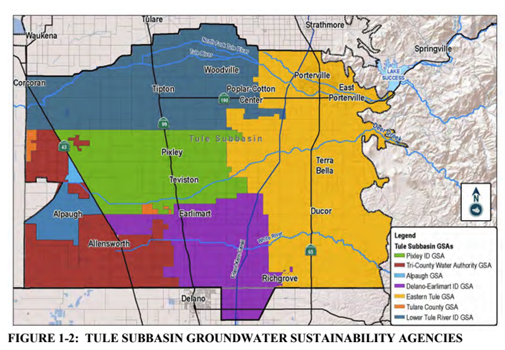–California’s crippling three-year drought is revealing the unique water vulnerabilities of small towns across the San Joaquin Valley.
And while the state has stepped in to help impoverished communities and residents whose wells have gone dry due to plummeting groundwater levels, the handful of towns on the valley’s west side that rely on surface supplies are largely on their own.
Towns like Huron, Avenal, Coalinga and others may have to dig deep into their limited budgets to buy water at staggeringly high prices – in one case nearly 1,300% above the normal price.
The problem for these west valley towns is that they rely entirely on supplies from the federal Central Valley Project (CVP), which transports water in a 400-mile-long network of canals.
In February, the Bureau of Reclamation, which operates the CVP, cut allocations to most San Joaquin Valley irrigators to zero. A minimal amount of water the Bureau calls “health and safety” was made available for municipal needs.
But it’s not enough.
PAYING THE PRICE
After only receiving 2,700 acre feet of it’s full 10,000-acre-foot allocation this year, Coalinga, a city of 17,000 in west Fresno County, was set to run out of water by mid-November, said Adam Adkisson, Coalinga city councilman.
It needed another 700 acre feet to meet the bare minimum for its residents.
Adkisson said the city has made a deal to buy what it needs for the rest of this year but will spend more than $1,800 per acre foot, as opposed to the $130 per acre foot it pays normally. That’s a 1,284% increase.
It’s a last resort option that, at around $1.26 million, will hit the city’s budget hard, he said.
Having to pay so much for basic needs during a crisis is something Adkisson can’t wrap his head around.
“It’s like in the hurricane in Florida. Can you imagine if they were normally selling bottled water for $2 and now they’re selling it for $2,000 each, for a bottle of water?” said Adkisson. “That’d be criminal, illegal. So how is this not the same?”
Water prices change based on supply and demand with no control by the state, wrote a spokesperson for the California Department of Water Resources in an email. DWR has funding available through its Urban Community Drought Relief Program which Coalinga could apply for, the spokesperson added.
HOPING FOR A BUMP
Coalinga is not alone.
Less than 10 miles south sits Avenal, a city of about 13,000. Avenal is set to run out of water by late December, said Antony López, Avenal’s city manager. Like Coalinga, Avenal relies entirely on surface water from the CVP.
The city’s full allocation is 3,500 acre feet. This year, it received 2,000 acre feet. But Avenal needs a minimum 2,500 acre feet to make it through the year.
Avenal has been under drought conservation measures which has helped. But it’s not enough to close the gap, said López. The Bureau has asked city officials to look for additional water from other CVP contractors, he said. But given the lack of water everywhere, it’s possible Avenal may have to buy water on the open market, as Coalinga did.
“We’ve never had to do that before,” said López.
In years past, the Bureau has bumped Avenal’s allocation when it ran short, said López. He’s holding out hope that will be the case again.
If that doesn’t happen, the city will likely have to buy about 180 acre feet. López estimates that would probably cost upwards of $300,000. That money would come out of the city’s water budget which totals $3 million.
Spending that money on supplies would delay upgrades to the city’s water treatment plant and a new water pipeline.
“It’s very frustrating,” said López. “And at times it feels hopeless but I have faith that the wet years will come soon.”
EXTREME CONSERVATION
Huron, a smaller city of about 7,000, sits just north of Avenal. Huron also relies entirely on CVP water but gets its supplies from Westlands Water District, the largest agricultural water district in the country which covers more than 600,000 acres on the west side of the valley from south of Firebaugh to just north of Kettleman City.
City officials thought Huron was short 200 acre feet until last week when they found out Westlands staff had accidentally excluded the water from Huron’s allocation, said John Kunkel, interim city manager of Huron. That error has been corrected and Huron’s actual allocation should get it through the year, added Kunkel.
The reason Huron isn’t as bad off as its neighbors, Kunkel said, is because of extreme water conservation measures. The city prohibits all landscape watering, car washing and any water use beyond basic domestic needs. It’s a strict plan.
And Kunkel said it’s working. Residents are complying, which has saved enough water to get the city through the year.
“It’s unfortunate when you drive through our town,” said Kunkel. “Everybody’s grass is dead and their landscape’s dead. But that’s the sacrifice they made because they know how dire it is.”
Huron built a new municipal well for years like this. The well will help supplement the city’s water so it doesn’t have to rely entirely on diminished supplies from Westlands in drought years, said Kunkel.
But the well has been been sitting dormant, without power for six months because Pacific Gas & Electric hasn’t turned it on.
Kunkel doesn’t know why there’s been such a long delay just to get power.
“We’ve tried calling people,’ said Kunkel. “So far, we haven’t gotten anything.”
Share this:
- Click to share on Facebook (Opens in new window)
- Click to share on Twitter (Opens in new window)
- Click to share on LinkedIn (Opens in new window)
- Click to share on Reddit (Opens in new window)
- Click to share on Tumblr (Opens in new window)
- Click to share on Pinterest (Opens in new window)
- Click to share on Pocket (Opens in new window)
- Click to share on Telegram (Opens in new window)
- Click to share on WhatsApp (Opens in new window)
- Click to print (Opens in new window)








